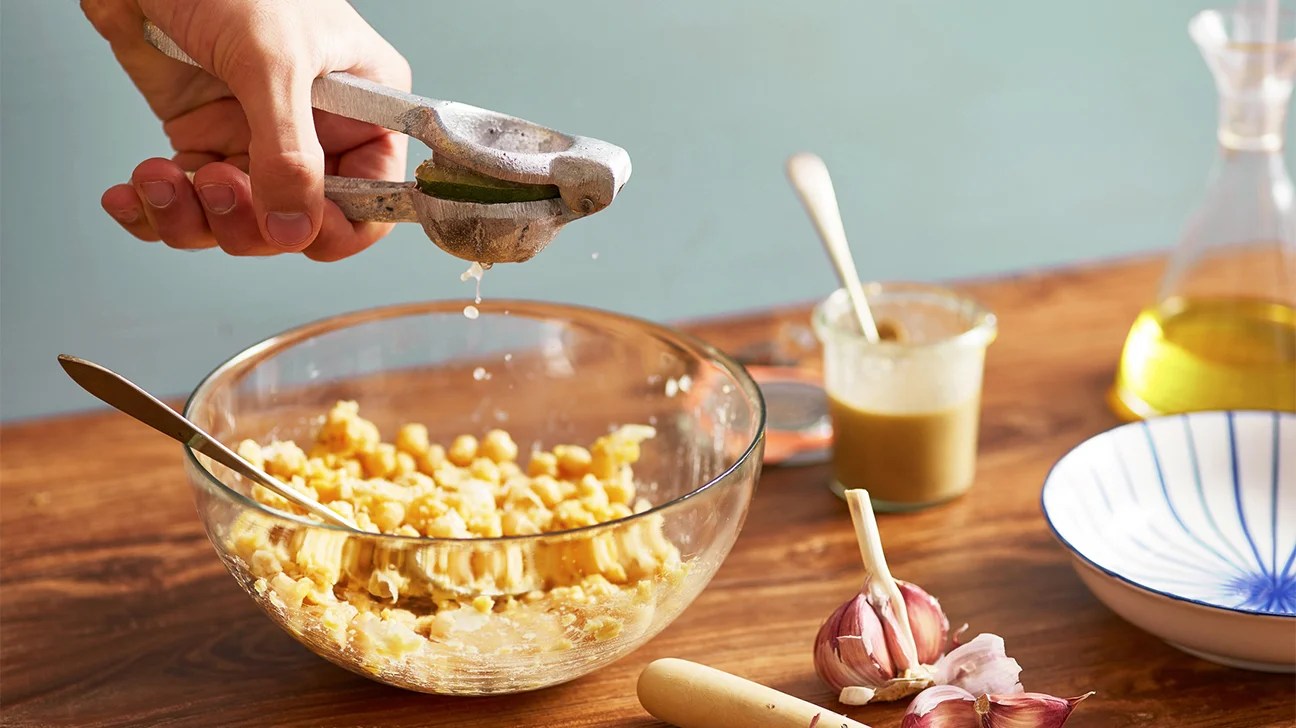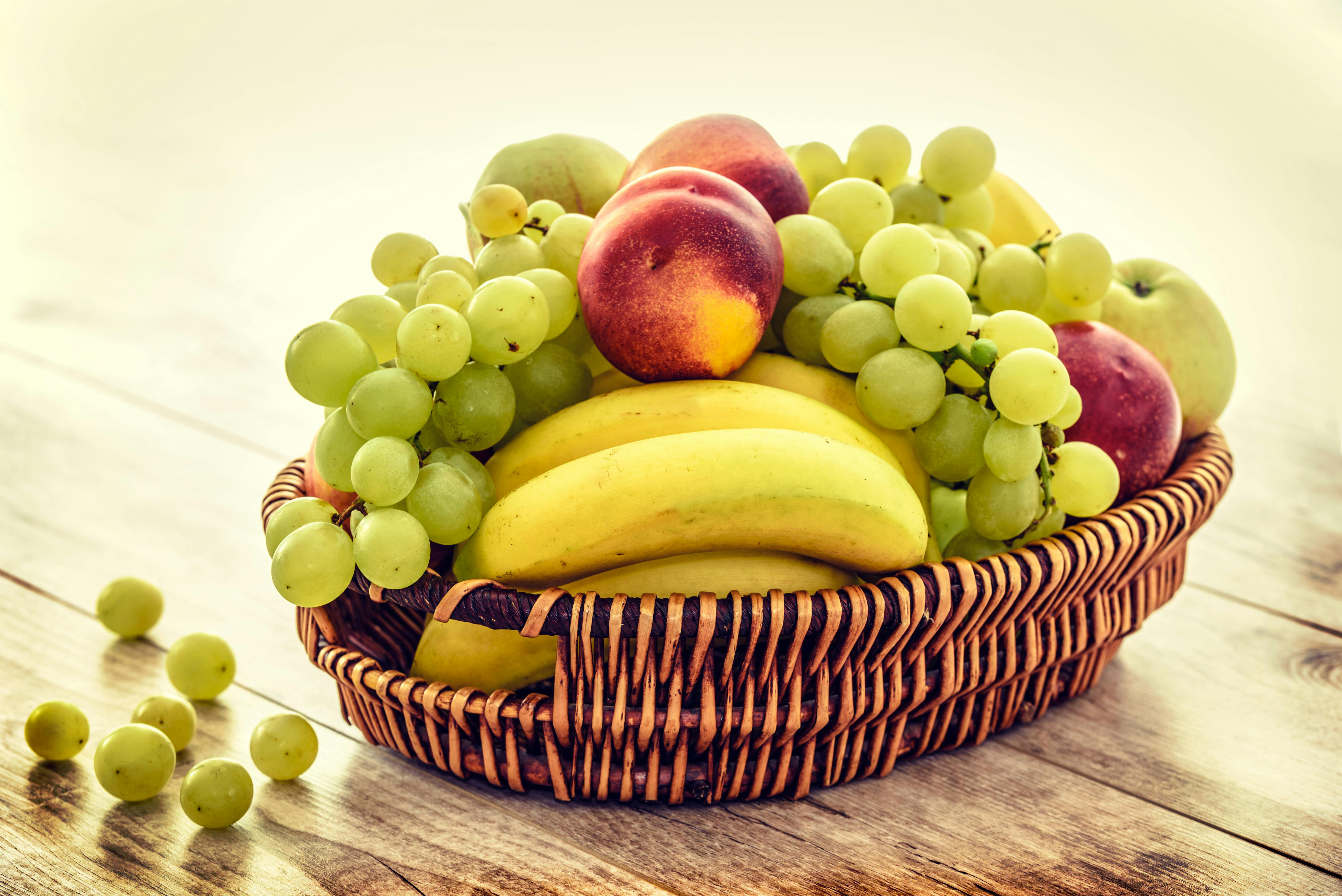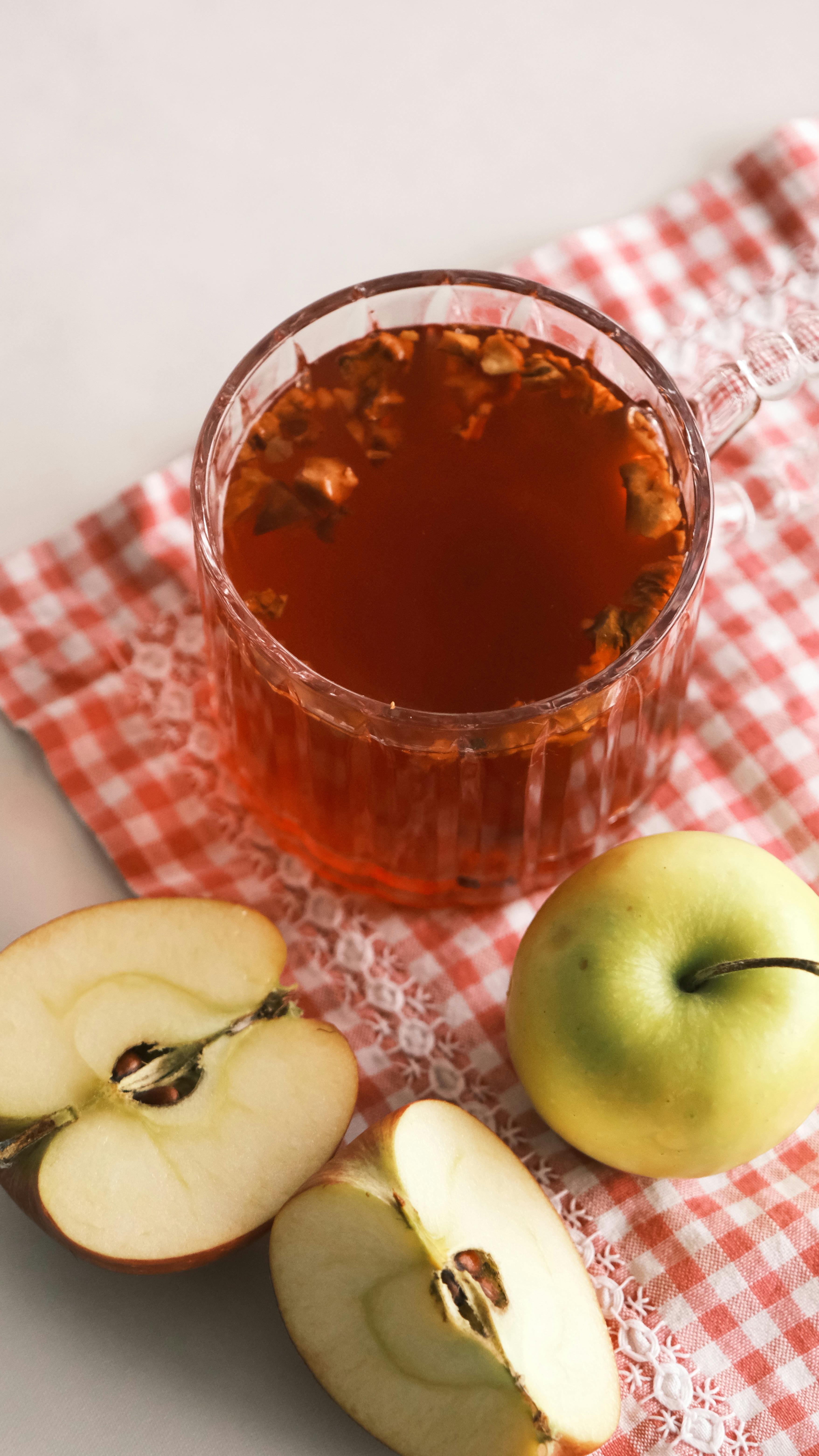
Practical Guide to Keto Dairy Free: Top Strategies for Success
The ketogenic (keto) diet has gained immense popularity due to its potential benefits for weight loss and overall health. However, combining the keto lifestyle with a dairy-free approach can be both rewarding and challenging. Dairy-free diets are often preferred for those with lactose intolerance, dairy allergies, or personal preferences. This guide will explore effective strategies for maintaining a keto lifestyle while avoiding dairy, offering practical advice and delicious recipes to help you thrive on this journey.
Understanding the importance of healthy fats and low-carb meals is crucial for success on the keto diet. With various dairy alternatives and a plethora of dairy-free keto snacks available, navigating this lifestyle doesn’t have to be daunting. This article will cover a comprehensive keto meal plan, creative dairy-free recipes, and key tips for successful adherence to your ketogenic diet. By the end of this guide, you will feel equipped to embrace a dairy-free keto lifestyle confidently!
Whether you are new to the keto diet or looking to adapt your approach, the following strategies will help you enjoy a delicious, varied, and fulfilling meal plan that aligns with your dietary needs.
Essential Dairy Free Keto Recipes for Every Meal
Breakfast Ideas to Kickstart Your Day
Starting your day right is crucial. Keto breakfast ideas often center around eggs, but what if you are dairy-free? Here are alternatives that maintain the high-fat, low-carb ethos of the ketogenic lifestyle.
One fantastic option is avocado-based smoothies, which can be packed with healthy fats while remaining creamy without dairy. Combine spinach, avocado, your choice of non-dairy milk, and a scoop of protein powder for a filling, nutritious start.
Chia seed pudding is another excellent breakfast choice. Mix chia seeds with almond milk, sweeten with a keto-friendly sweetener, and let it sit overnight. Top it with berries for an antioxidant boost and to enhance flavor without adding excess carbohydrates.
Lastly, consider making dairy-free keto pancakes using almond flour or coconut flour. These flours keep carbs low while providing a delicious foundation for a filling breakfast. Top with sugar-free syrup or a homemade berry compote for a treat that supports your ketogenic goals.
Quick and Easy Keto Snacks
Snacking can be a challenge on a dairy-free keto diet, but several delicious snacks can help satisfy your cravings while aligning with your diet. Think about incorporating dairy-free protein bars packed with nuts and seeds for energy. You can also whip up homemade fat bombs. A simple recipe includes coconut oil, nut butter, and cocoa powder, formed and frozen into bite-sized pieces.
Vegetables paired with guacamole or nut-based dips make for a healthy and satisfying snack. Carrot sticks, celery, or bell pepper slices serve as the perfect vehicle for creamy plant-based dips.
Satisfy your sweet tooth with dairy-free keto desserts like coconut milk-based ice cream. These treats can be made with natural sweeteners to keep carbs low while still feeling indulgent. You can find a variety of dairy alternatives that substitute traditional dairy products seamlessly in these recipes.
Low Carb Dinner Ideas for Every Taste
Dinners can also be simply adapted to suit a dairy-free keto lifestyle. Zucchini noodles, dressed with a homemade dairy-free pesto, can be a delightful low-carb alternative to pasta. This dish can be enhanced with grilled chicken or shrimp for added protein.
Another wonderful option is stuffed bell peppers, which can be filled with a mix of cauliflower rice, ground meat, and spices. The bell peppers serve as a nutritious and colorful way to enjoy a hearty meal without the need for dairy.
Don’t shy away from creative soups! A creamy cauliflower soup can be made dairy-free by blending cooked cauliflower with vegetable broth and a touch of non-dairy cream for a smooth texture. This can be a comforting, hearty meal during colder months.
Mastering Keto Meal Prep for a Dairy-Free Diet
Effective Meal Planning Strategies
Meal prep is essential for adhering to your dietary goals, and a dairy-free keto meal plan can simplify your week. Start by drafting a keto shopping list that avoids dairy. Stick to whole foods such as meats, fish, low-carb vegetables, nuts, and seeds.
When planning meals, it is essential to include a variety of protein sources to keep the diet balanced. Incorporate eggs, fish, chicken, and plant-based proteins, ensuring you have adequate options available for cooking and snacking.
Preparing your meals in advance allows you to control ingredients and portion sizes effectively. Batch cooking these meals ensures you always have access to healthy, keto-friendly options. For instance, you can cook several servings of your favorite dairy-free casseroles or stews and freeze them for later use.
Discovering Dairy Alternatives for Cooking
Understanding dairy substitutes in cooking can make a significant difference in your meal preparation. Coconut milk is a versatile alternative that can replace cream or milk in various recipes. Additionally, almond and cashew yogurts provide creamy bases for smoothies and dressings.
When it comes to cheese, explore options such as vegan cheese made from nuts or seeds. While they may differ in flavor and texture, these alternatives can be incorporated in similar ways to traditional cheese.
For spreads, consider using dairy-free butter made from coconut oil or olive oil. These alternatives maintain the creamy texture that can elevate many dishes without compromising your diet.
Top Dairy Free Condiments to Enhance Flavor
A dairy-free diet does not mean sacrificing flavor. There are various dairy-free sauces and condiments available that can add zest to your meals. Mustard, salsa, and homemade vinaigrettes can season your dishes beautifully.
Experiment with different herbs and spices to enhance the taste of your meals. Create flavorful marinades for your proteins using olive oil, vinegar, and herbs to keep meals interesting and enjoyable.
Furthermore, consider making your own dairy-free dressings using ingredients like tahini or avocado. These provide richness that can be enjoyed on salads or as a dip, enabling you to maintain flavor while staying true to your dietary choices.
Top Tips for Staying on Track with a Dairy Free Keto Diet
Understanding Macros for Success
Understanding macronutrients (macros) is essential for mastering the dairy-free keto diet. Focus on staying within the parameters of the ketogenic diet by aiming for high fats, adequate protein, and minimal carbohydrates in every meal. A portion of healthy fats should come from sources such as avocados, olive oil, and nuts—these should be staples in your daily meals.
Tracking your macros can be done easily using various apps. These tools allow you to monitor your daily intake while ensuring you are meeting your dietary goals. Keeping an accurate record will help prevent slip-ups that could knock you out of ketosis.
Staying Motivated and Connected with the Keto Community
Joining online forums or local meet-ups can provide motivation and support as you transition to a dairy-free keto lifestyle. Sharing experiences, recipes, and tips can foster a sense of community and accountability that is beneficial.
It’s also helpful to document your journey. Consider maintaining a food diary or blogging about your experiences. This practice will keep you motivated and provide insights into what works best for your personal dietary preferences.
When faced with challenges, remind yourself of the benefits of adhering to a dairy-free keto diet. Increased energy levels, potential weight loss, and enhanced overall health are all motivating factors to remain committed to your goals.
Keto Diet Benefits of Going Dairy Free
Improving Digestion on Keto
Oftentimes, individuals on a keto diet may experience digestive issues due to the sudden changes in diet. A dairy-free keto approach may improve digestion for those sensitive to dairy. By opting for dairy alternatives like almond milk or coconut yogurt, you can reduce potential discomfort.
Incorporating fiber-rich, low-carb vegetables also promotes healthy digestion and supports overall wellness. Including adequate fiber supports gut health and prevents constipation, which can sometimes be an issue on a keto diet.
Managing Emotional Health on a Dairy Free Keto Diet
# Emotional health is a vital aspect of any lifestyle change. Cheese and dairy are often comfort foods, but replacing them with healthy fat sources, like avocados and nuts, can help manage cravings while still providing comfort and satisfaction.
Be mindful of how your body feels as you transition to a dairy-free ketogenic diet; keeping a positive mindset is crucial. Engage with the supportive community, and remind yourself of your goals and aspirations throughout your journey.
Q&A Section on Keto Dairy Free Living
What are some quick dairy free keto meals?
Some quick dairy-free keto meals include zucchini noodles with pesto, salad topped with grilled chicken and avocado, and stir-fried vegetables with shrimp. These meals can be prepared swiftly while adhering to your dietary restrictions.
How can I substitute dairy in keto dessert recipes?
For dessert recipes, consider using coconut cream or other non-dairy alternatives in place of heavy cream. Almond flour can be substituted for traditional flour in cookies and cakes. Sweeteners like erythritol or stevia are also great sugar-free options to use for sweetness.
Are there dairy free keto snacks available in stores?
Yes, many stores now offer dairy-free keto snacks such as nut bars, coconut snacks, and vegetable chips. Always check the labels for sugar content to ensure they fit your dietary restrictions.
Can I have dairy free cheese on a ketogenic diet?
Absolutely! There are plenty of dairy-free cheese options on the market that cater to a ketogenic lifestyle. Look for cheese alternatives made with nuts or soy that are low in carbohydrates.
What is the best way to track my dairy free keto macros?
Using a nutrition tracking app is one of the best ways to monitor your macros. Input your meals, and the app will help you keep an eye on your carb, fat, and protein intake, ensuring you meet your ketogenic goals effectively.

 Its part of generated content. Can i generate another part?
Its part of generated content. Can i generate another part?